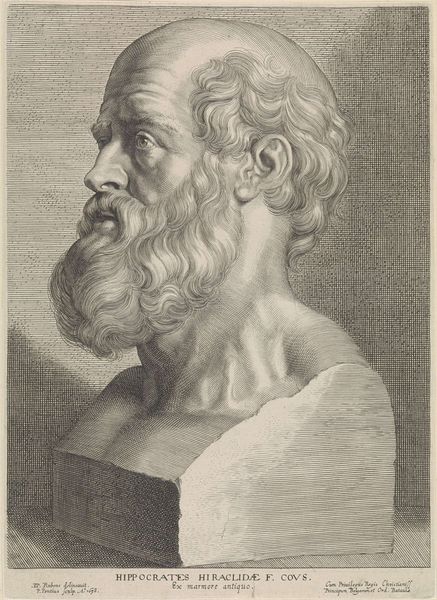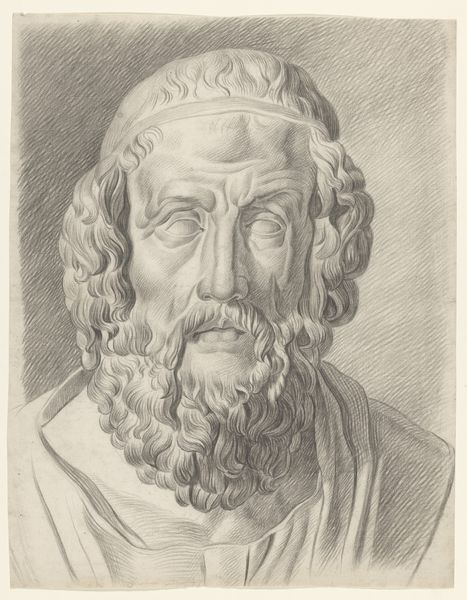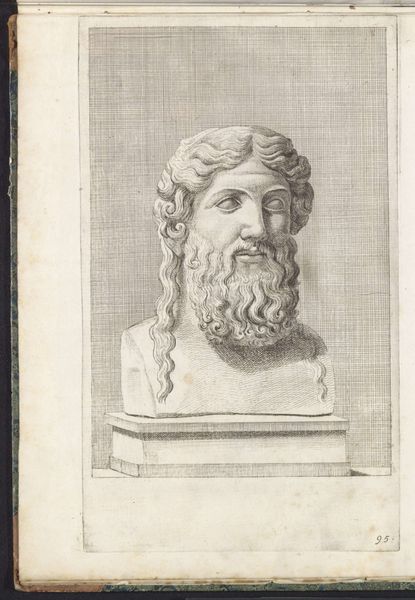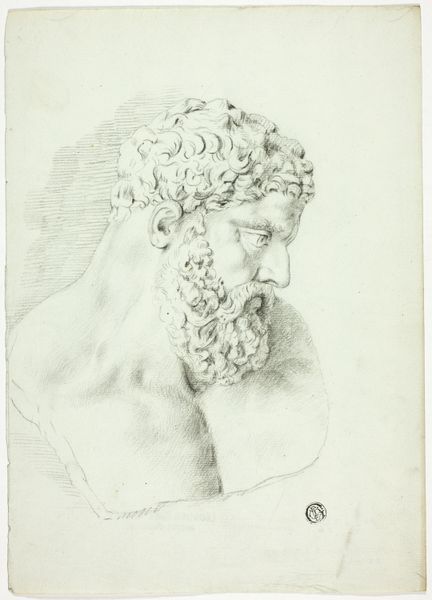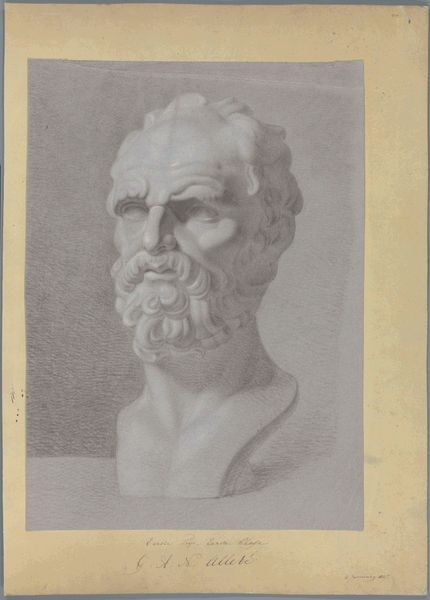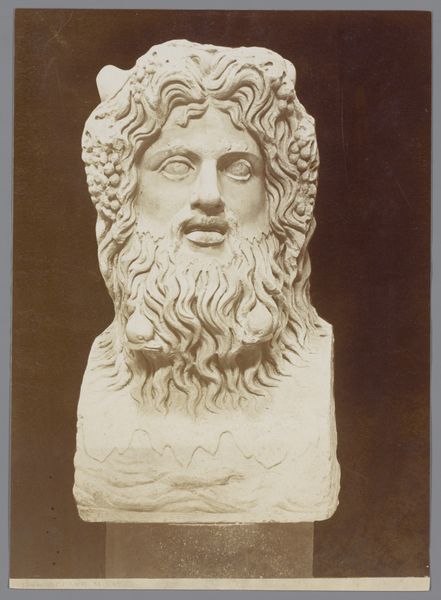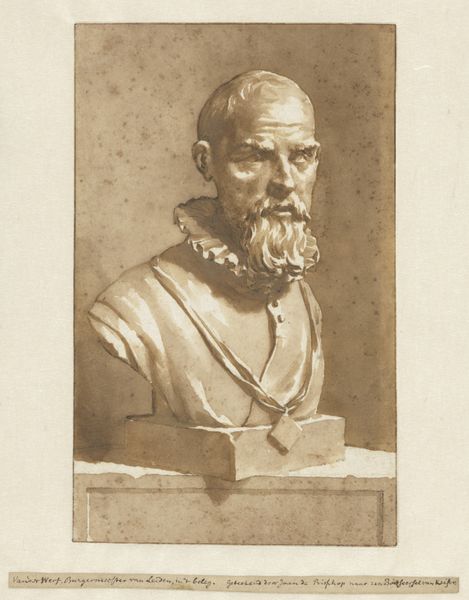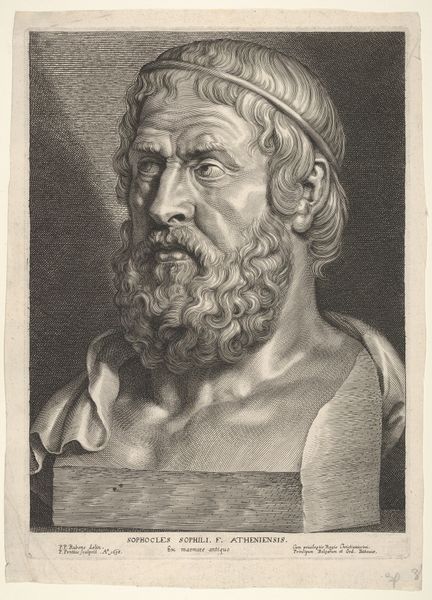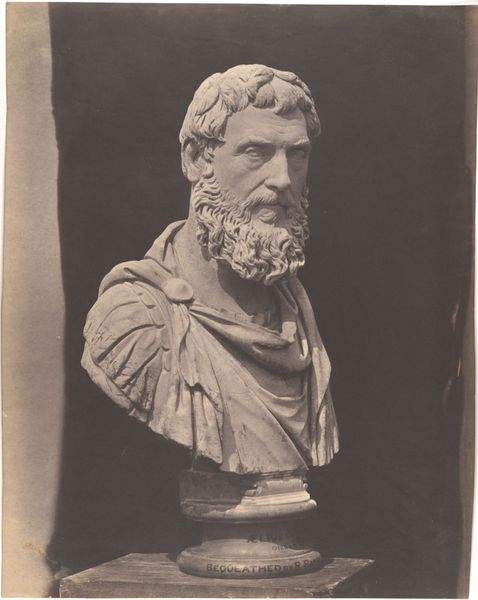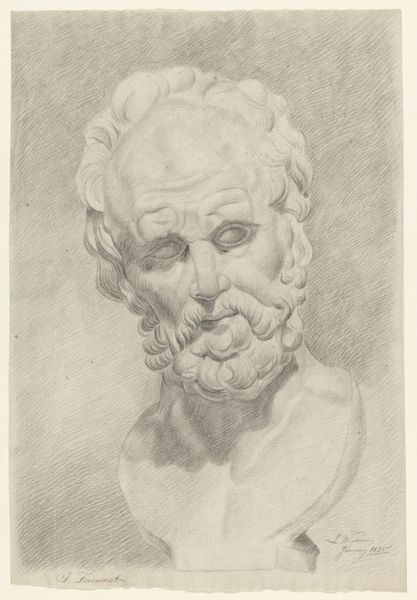
drawing
#
drawing
#
sculpture
#
classical-realism
#
charcoal drawing
#
form
#
charcoal art
#
portrait drawing
#
academic-art
Copyright: Public Domain: Artvee
Editor: This is James Ensor’s "Klassiek academiemodel" from 1878, a charcoal drawing of a sculpture. It has a very… traditional feel, but something about the heavy shading feels a little unsettling. What do you see in this piece? Curator: I see the weight of history, quite literally. Ensor's engagement with academic art training highlights the constraints placed upon artists, particularly regarding whose bodies and histories are deemed worthy of representation. Consider, who did these classical ideals serve, and at whose expense? What stories are silenced when we exclusively value this canon? Editor: So, it's not just a drawing of a sculpture; it's about the system that promotes it? Curator: Precisely. The artistic academies were, and in many ways still are, bastions of power, dictating aesthetic standards. By engaging with and ultimately subverting these models later in his career, Ensor challenges the very foundations of artistic authority. Think about the power structures inherent in who gets to define beauty. How does that connect to issues of race, class, and gender within art history? Editor: It's interesting to see how a seemingly straightforward drawing can open up these bigger questions about power and representation. Curator: Art, even in its most "traditional" forms, never exists in a vacuum. Exploring these contexts allows us to understand the work on a much deeper, more meaningful level. It allows a reflection on society and our own place within its structures. Editor: That definitely gives me a new perspective. I guess there's always more than meets the eye. Curator: Exactly, and our role as viewers is to keep questioning, keep digging, keep demanding a more inclusive and nuanced understanding of art.
Comments
No comments
Be the first to comment and join the conversation on the ultimate creative platform.

